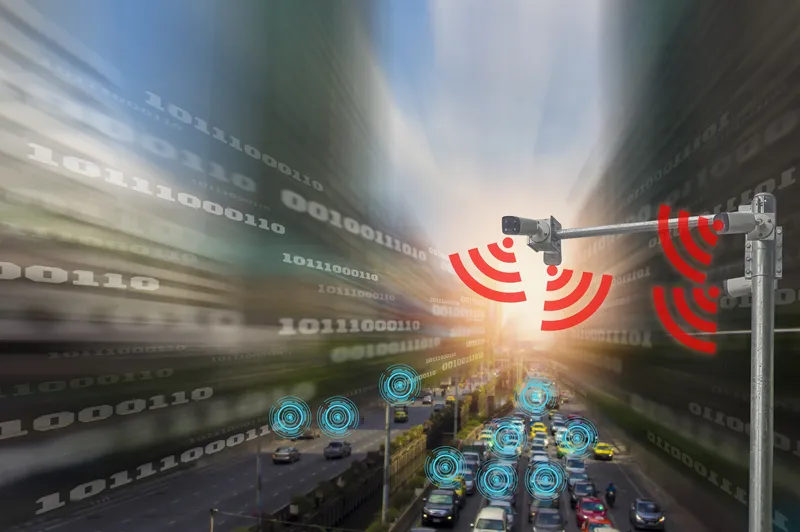Cubic Transportation Systems has entered into a strategic alliance and licence agreement with Australia-based video analytics specialist SenSen Networks, enabling Cubic to distribute SenSen’s products and solutions that align with Cubic’s NextCity smart cities vision.
The companies plan to deliver a range of solutions to the market, including automatic gate line monitoring in train stations and transport hubs using video analytics and intelligent video to increase commuter flow, detect health and safety
September 9, 2014
Read time: 2 mins
The companies plan to deliver a range of solutions to the market, including automatic gate line monitoring in train stations and transport hubs using video analytics and intelligent video to increase commuter flow, detect health and safety issues, and minimise fare evasion.
Video analytics will also be applied to speed, safety and toll enforcement solutions for road authorities, parking guidance and enforcement for city councils, people and vehicle traffic counting and classification for a variety of applications and intelligent security for stations, rail infrastructure, airports and other critical infrastructure.
“The agreement with SenSen is a good strategic fit for our NextCity vision, which will enable transport operators to regulate demand and provide travellers with choices for travel – all through the delivery of actionable data that we gather from all our information points throughout our ITS systems,” said Matt Cole, executive vice president, strategy, business development and diversification for Cubic Transportation Systems. “Advanced video analytics allows our customers to cost-effectively gain deep insights of transportation infrastructure improving decision making, safety and long-term planning.”
”SenSen operates at the cusp of big data, sensor networks and business intelligence. Our core skill is in analysing big data streams in real time, recognising all interesting events and creating accurate and structured metadata that lead to high-value applications,” said Subhash Challa, chief executive officer of SenSen Networks.








